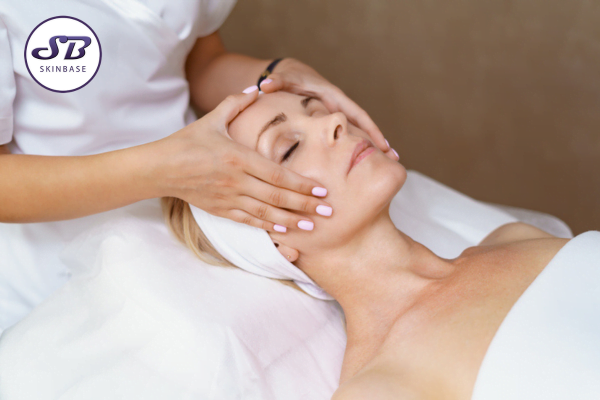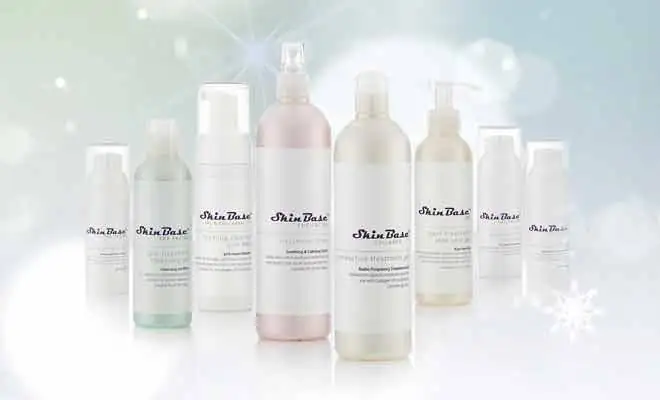HydraFacial vs Microdermabrasion for acne? It’s a recent debate that has arisen when it comes to resurfacing and rejuvenating the skin, but what is the answer? If you’re unsure which method is best for your skin, we’ve got all the factors you need. Read on to find out.
The Ultimate Guide to Acne & Acne Scarring
Suffering from acne or acne scarring?. We’ve compiled a brilliant FREE ebook to give you information and top tips to understand what acne is, why you get it and most importantly how to get rid of it.
Download Now
HydraFacial
The HydraFacial is a rejuvenating skin treatment, similar to microdermabrasion, ideal for treating acne-prone skin. There are several steps involved in the treatment: cleanse, extract, and hydrate. The tip of the HydraFacial device is responsible for removing dead skin cells and impurities from the skin with a vortex of fluids. Once the skin is clean, the extraction begins. With a gentle suction, the tip of the device removes any gunk that may be clogging the pores. This is a very important stage for those with acne, as clogged pores are a key cause of acne pimples and spots. To finish the treatment, rejuvenating serums and nourishing moisturisers saturate the skin’s surface.
Considerations
HydraFacial is a non-invasive treatment designed for all skin types. The treatment can be done quickly, in around 30 minutes, and has no downtime. The hydration stage allows for greater customisation for the client, as specific serums can be used to target skin concerns, such as acne. The HydraFacial method also allows penetration of skincare solutions, as the device helps to push the serums through the skin’s barrier.
Microdermabrasion
Microdermabrasion is a great choice for acne sufferers looking to treat their skin. During a Microdermabrasion treatment, a stream of exfoliating crystals are directed over the skin to remove any impurities. The crystals exfoliate away dead cells and dirt from the skin, stimulating the cell renewal process and collagen production. These benefits have a double effect on the skin and work together to minimise and remove scarring and post-inflammatory hyperpigmentation caused by spots, while plumping and evening the skin’s texture.
Considerations
Microdermabrasion is also a non-surgical treatment, with no downtime necessary. Known as the “lunch time facial”, microdermabrasion fits quickly and conveniently into day-to-day life. After a microdermabrasion treatment, gentle skincare is used to calm the resurfaced skin. Skincare can absorb more efficiently post-treatment without a barrier of dead skin cells and debris on the skin.
HydraFacial vs Microdermabrasion
HydraFacial vs Microdermabrasion? They are similar treatments, offering skin resurfacing and rejuvenation. Though the HydraFacial uses liquids instead of crystals, there is no guarantee that it is a gentler treatment than Microdermabrasion. The HydraFacial treatment is a multistep process using serums. Those with sensitive skin, particularly acne sufferers, may prefer to avoid any active ingredients directly post treatment to minimise the potential for skin irritation. If that is the case, stick to Microdermabrasion to refresh your skin. Microdermabrasion is also a progressive treatment working to remove any scarring and imperfections on the skin surface. However, if you want an extra boost to fight your acne with, the HydraFacial could be for you. Watch this space though, SkinBase have a new treatment option coming soon to supercharge your microdermabrasion results!

